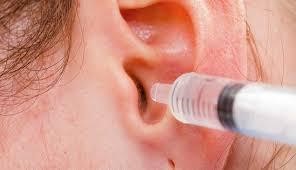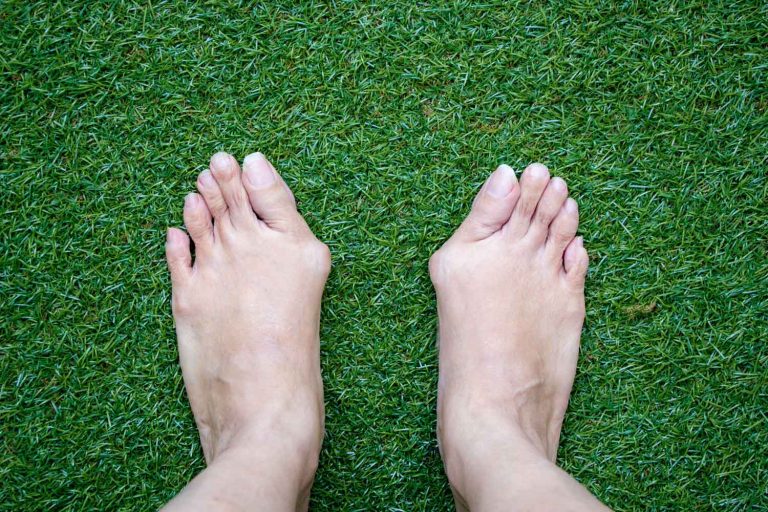From minor annoyances to deadly diseases, keep an eye out for any changes in your skin that could indicate a common skin disorder.
Here are some of the most common skin disease you should avoid, curated by experts from https://www.kingjohnnie.info/en/real-money-casino/.

1. Acne (Acne vulgaris)
Acne, the most common skin disorder in the U.S., can be a source of anxiety for every teen. Plus, the incidence of acne is growing in adults, too. Acne is caused by blocked hair follicles and oil (sebaceous) glands of the skin, often triggered by hormonal changes. The term acne refers to not only pimples on the face, but blackheads, cysts, and nodules as well. Some people get acne on other parts of their body too, such as the back and chest. Acne treatment by a dermatologist is important because acne left unchecked can often lead to permanent scars and dark facial spots. For more moderate or severe acne, these options may be used:
2. Atopic dermatitis (Eczema)
Atopic dermatitis is one of the most common forms of eczema seen in children. The exact cause of atopic dermatitis is not known, but researchers believe it may involve genetics, the environment, and/or the immune system. Atopic dermatitis can appear on the face (especially in infants), hands, feet or in the creases and folds of the skin. Dry, scaly and itchy skin are the norm, and constant scratching may lead to a thickened area. While eczema often occurs in people with allergies, allergies do not cause eczema. Topical steroids are often used to lessen symptoms, courtesy of South African online casino.
3. Shingles (Herpes Zoster)
Shingles virus (herpes zoster) results in a red, blistered rash that may wrap around your torso or appear anywhere on your body. A fever, fatigue and headache may occur, too. Shingles is caused by the same virus that causes chickenpox – the varicella-zoster virus. If you’ve had chickenpox, you’re at risk for shingles as the chickenpox virus lies dormant (not active) in your nervous system for years. One preventive shingles vaccine is available in the United States: Shingrix (herpes zoster subunit vaccine) is approved for the prevention of shingles (herpes zoster) in adults aged 50 years and older.
Shingrix is a non-live (inactivated), recombinant subunit vaccine given intramuscularly in two doses, with the second dose given 2 to 6 months after the first.
4. Hives (Urticaria)
Hives are the familiar welts (raised, red, itchy areas) that can occur on the skin. Common causes of hives include medication, food, and bug bites or stings. Seek urgent treatment or call 911 if your hives cover a large area of your body, your throat or facial area is swelling, or they affect your breathing. Hives usually go away in 2 to 4 hours; however, in some people hives may persist for months or years; this is known as chronic urticaria. Avoiding the trigger, whatever it may be, is the best tactic to prevent hives. When that is not possible, OTC antihistamines like loratadine (Claritin) or fexofenadine (Allegra) can be used to control itching.
5. Sunburn
There’s no doubt – it’s easier to prevent a sunburn than to treat one. Sunburns occur when there is too much exposure to ultraviolet (UV) light from the sun or sunlamps. The skin turns red, painful, hot to the touch, and may even peel away. It’s hard to know how much time is safe in the sun, though, even with sunscreen protection. Repeated sunburns, especially as a child, can boost the risk for skin cancer later in life. Usually sunscreen needs to be reapplied every 2 hours, but you may just need to stay out of the sun, too.
6. Contact Dermatitis
Most of us have had contact dermatitis – when we touch something that evolves into a skin reaction. Contact dermatitis is a type of eczema, and may come from plants (poison ivy, sumac, oak), jewelry, latex gloves, and irritants like bleach or soaps.
To prevent contact dermatitis, avoid the object when possible.
To control symptoms, antihistamines, oral or topical steroids, and colloidal oatmeal baths are often helpful.
If your doctor suspects you have contact dermatitis, and the cause is unknown, they may suggest patch testing. In patch testing, allergic substances are applied to your skin. In a few days, your doctor will check for a reaction.
7. Diaper Rash
Anyone who has a child knows about the common problem of diaper rash. A wet or soiled diaper left on too long can lead to red bumps and rash in the diaper area, the buttocks, genitals, and skin folds.
Urine and stool can break down skin, and chemicals in a disposable diaper can dissolve out and irritate the skin.
Candida (yeast) or bacteria can also take advantage of the inflammed, broken, skin and complicate the rash.

















+ There are no comments
Add yours